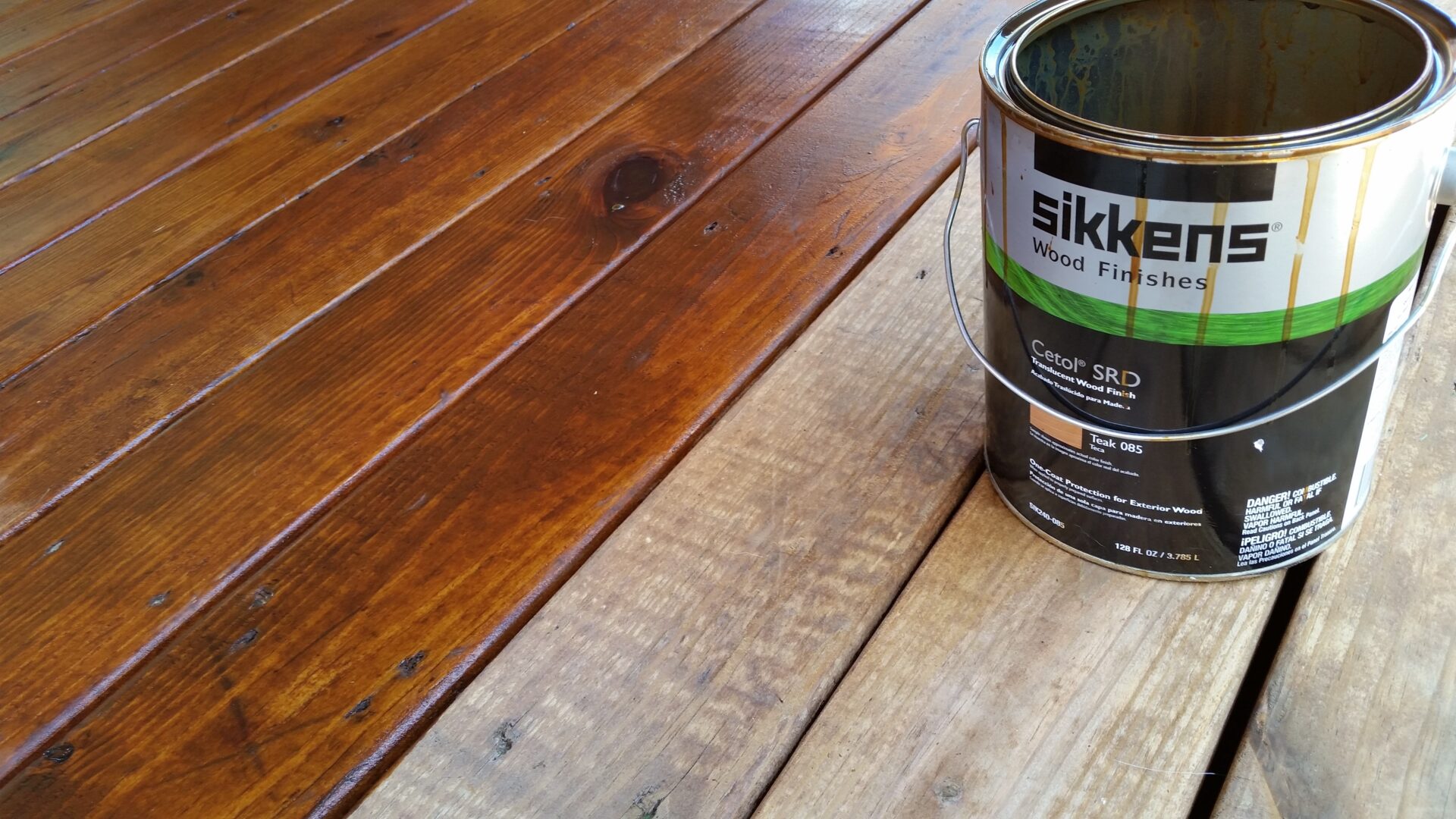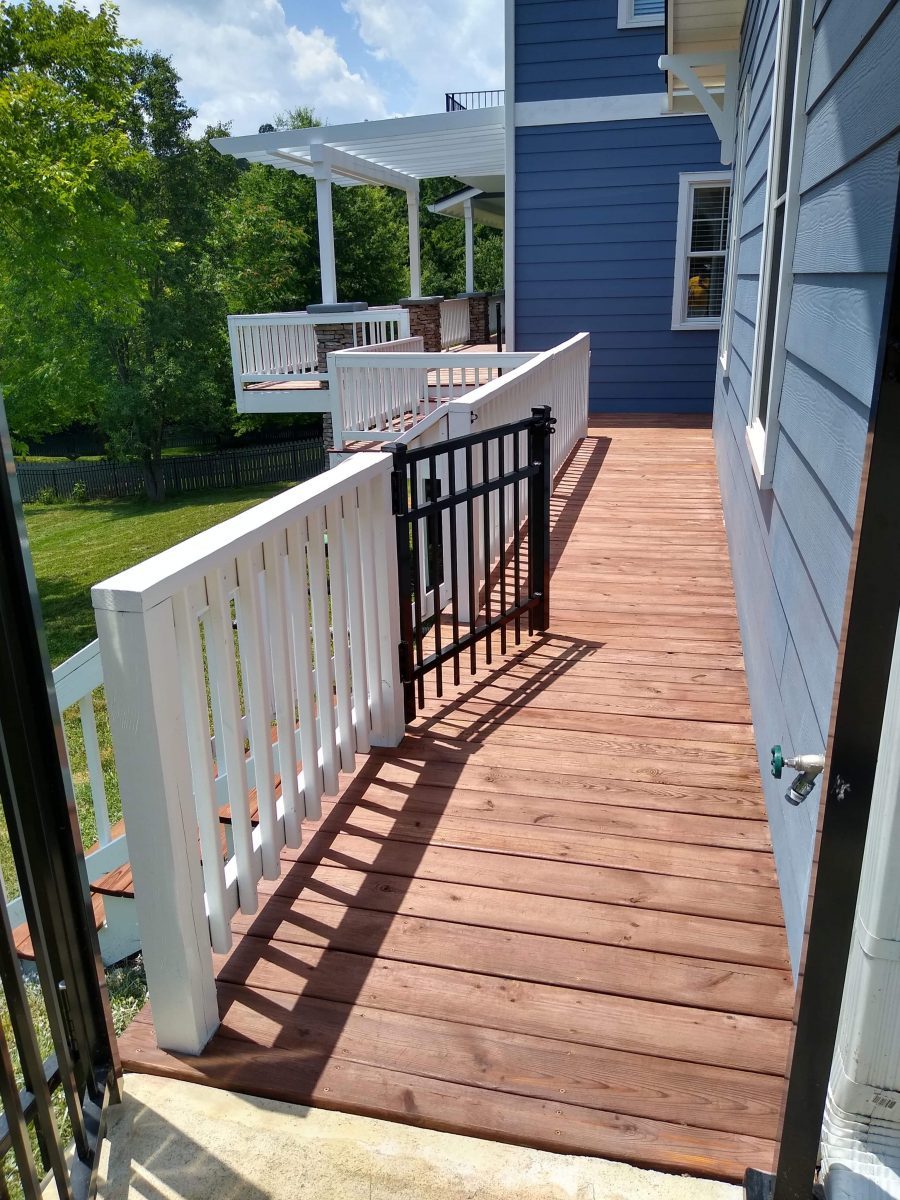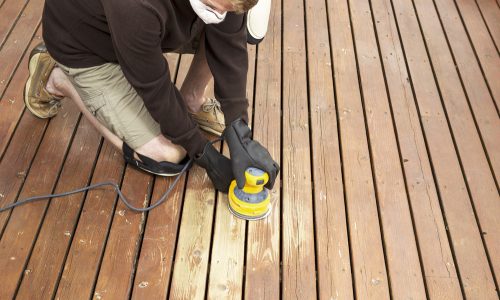Deck Discoloration 101: Everything You Need to Know for a DIY Task
From preparing the deck surface area to choosing the best kind of stain and understanding the application techniques, each step plays an important duty in accomplishing an expert finish. Join us as we unwind the essential standards and insider ideas for mastering the art of deck staining, making certain a successful DIY task that will leave your deck looking remarkable.
Value of Deck Discoloration
Deck staining is an essential upkeep job that preserves the longevity and appearance of outside wooden structures. By using a layer of discolor to the deck's surface area, you produce a protective barrier that helps stop wetness infiltration, UV damage, and decaying of the wood.
It offers an opportunity to tailor the look of the deck by selecting from a variety of discolor surfaces and shades. In essence, regular deck discoloration is a basic yet effective method to ensure your deck stays structurally sound and aesthetically pleasing for years to come.
Deck Preparation Tips

After cleansing and fixing, sanding the deck is needed to smooth out harsh surface areas and open up the timber's pores to much better take in the discolor. When the deck is clean, dry, and smooth, safeguard any nearby plants, furniture, or surfaces with a decline towel prior to using the deck discolor.
Picking the Right Discoloration
Picking the proper discolor for your deck is an important choice that directly impacts both its appearance and sturdiness. When choosing the right tarnish, there are numerous aspects to think about to guarantee a successful do it yourself job.
To start with, you need to decide in between transparent, semi-transparent, and strong stains. Clear spots allow the all-natural grain of the wood to show via however offer very little defense against UV rays and dampness. Semi-transparent spots offer a concession between shade and defense, while solid discolorations offer one of the most protection however cover the timber grain.
Following, consider the kind of timber your deck is made from, as various stains work much better with specific wood types. For redwood, instance and cedar decks commonly look finest with a semi-transparent or clear stain to highlight their natural elegance. Pressure-treated wood may gain from a solid stain to conceal blemishes.
Last but not least, element in the environment in your area. Decide for a tarnish with UV defense and resistance to severe weather problems if you experience rough winter seasons or intense sunshine. By carefully thinking about these aspects, you can select a discolor that improves your deck's aesthetics and longevity.

Using Discoloration Correctly
When thinking about the application of tarnish to your deck, it is vital to pay close interest to the certain qualities of the discolor picked and just how it interacts with the sort of wood and environmental conditions previously pondered. Prior to beginning the discoloration procedure, make certain that the deck surface area is tidy, completely dry, and free of any previous finishings or debris. It is suggested to examine the chosen stain on a small inconspicuous area of the deck to ensure compatibility and achieve the wanted shade and coating.
Apply the tarnish along the length of the deck boards to prevent unequal pooling - fence cleaning near me. It is critical to important link work with the timber grain to enhance the all-natural beauty of the deck and enable for better infiltration of the tarnish.
Maintenance and Treatment Tips

One more critical aspect of deck upkeep is shielding it from visite site the elements. Consider using a waterproof sealer every few years to protect the timber from dampness damage. Additionally, attending to any kind of mold or mildew without delay is necessary to avoid them from creating architectural injury to your deck. Routinely trimming close-by vegetation can likewise protect against fallen leaves and branches from accumulating on your deck and causing potential damage.
Verdict
Finally, deck discoloration is a crucial step in maintaining the appearance and long life of your exterior room. By appropriately preparing the deck, selecting the appropriate tarnish, using it properly, and complying with maintenance pointers, you can make certain a attractive and long lasting finish that will certainly last for several years ahead. Keep in mind to routinely care and evaluate for your discolored deck to keep it looking its ideal.
Join us as we unwind the important standards and expert tips for understanding the art of deck discoloration, making certain a successful Do it yourself job that will leave your deck looking impressive. - deck staining near me
In significance, routine deck discoloration is an easy yet reliable way to guarantee your deck continues to be structurally sound and aesthetically pleasing for years to come.
Once the deck is tidy, completely dry, and smooth, secure any kind of close-by plants, furnishings, or surfaces with a decrease towel before using the deck discolor.Following, consider the type of timber your deck is made of, as different spots function better with specific timber species.When thinking about the application of stain to your deck, it is necessary to pay close focus to the details features of the discolor chosen and how it interacts with the kind of timber and environmental conditions formerly mulled over.